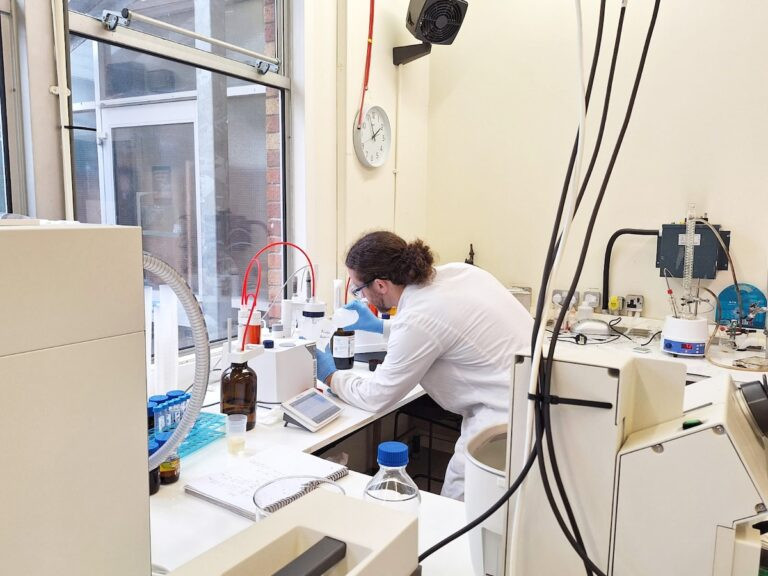Sustainable aviation fuel (SAF) is one of the most hotly discussed issues in aviation and the airfreight industry. With climate change in the spotlight and the sector committed to achieving net zero CO2 emissions by 2050, it’s crucial for all elements of the supply chain to take effective measures to reduce their carbon footprint.
While there are more easily addressed areas, such as the electrification of road vehicles, aviation has been wrestling with how best to swiftly and significantly cut back the environmental impact of moving goods and people by air. With technologies, such as hydrogen fuel a long way from being a reality, SAF has become a central solution to the industry’s sustainability strategy.
Used in commercial aviation, SAF can reduce carbon emissions by up to 80 percent, with the International Air Transport Association (IATA) estimating that it could contribute to around 65 percent of the emissions reduction needed by aviation to achieve its net zero targets.
However, several challenges are currently impeding the widespread adoption of SAF, namely the high cost compared to traditional jet fuel and the lack of availability due to limited production of the fuel.
Firefly Green Fuels, alongside its partners, including Wizz Air, believes one solution to the limitations in existing SAF options could be to convert human sewage into fuel, offering a 92 percent CO2 saving compared to fossil jet fuel.
“To really make a substantial difference SAF producers need to focus on utilising cheap and abundant feed and straightforward, scalable technology,” James Hygate, Chief Executive Officer of Firefly, stated.
“Firefly have uniquely chosen to work with biosolids, a wet biogenic waste with very low value.
“Other waste materials exist and should be considered by future SAF producers, if we’re going to scale up and clean up then we’re going to have to get much better at creating a fully circular economy.”
The right framework
There are several different routes to create SAF, although many of them do have limitations when it comes to feedstock availability and cost.
To achieve the necessary environment for the widespread production and use of SAF, governments need to create the framework to support and incentivise investment in this field.
“The industry has committed to net zero, the way to reach those goals is through technology. That means the right investments must be made, so SAF can be produced and deployed at scale,” Yvonne Moynihan, Corporate and ESG Officer at Wizz Air, explained.
“Policymakers should put the right policies in place then investment will happen. It can’t just be the airlines doing something, everybody has to come together – governments on the one hand, airlines on the other, and then the finance industry and relevant actors in the aviation ecosystem. That’s how we’ll solve the challenges around SAF.
“We’re starting to see these incentives in the EU and the UK, which can help ramp up production. With increased supply, costs will eventually decrease because the demand is already there.
“These mandates create a framework that addresses the “chicken and egg” dilemma: which comes first, the supply or the demand?”
Hygate added: “We can achieve much more when we work together than when we try to find solutions within our limited siloes.”
What’s next?
With global trade only set to grow, every avenue is being explored to cut emissions. Although SAF is a leading element of that, electrification, infrastructure, carbon capture and hydrogen can all play a role.
“We see a potential change in how airlines operate and a shift in business model preferences,” Moynihan outlined.
“Consumer awareness and demand for lower emissions are driving this change. Additionally, the concept of intermodality is gaining traction.”
Hygate continued: “We’re seeing the beginnings of a complete green revolution.
“We still have many ways to further decarbonise, and who knows what lies just around the corner? Could we see technologies like fusion power become a reality in the next few years? It’s an exciting time to be in aviation.”




